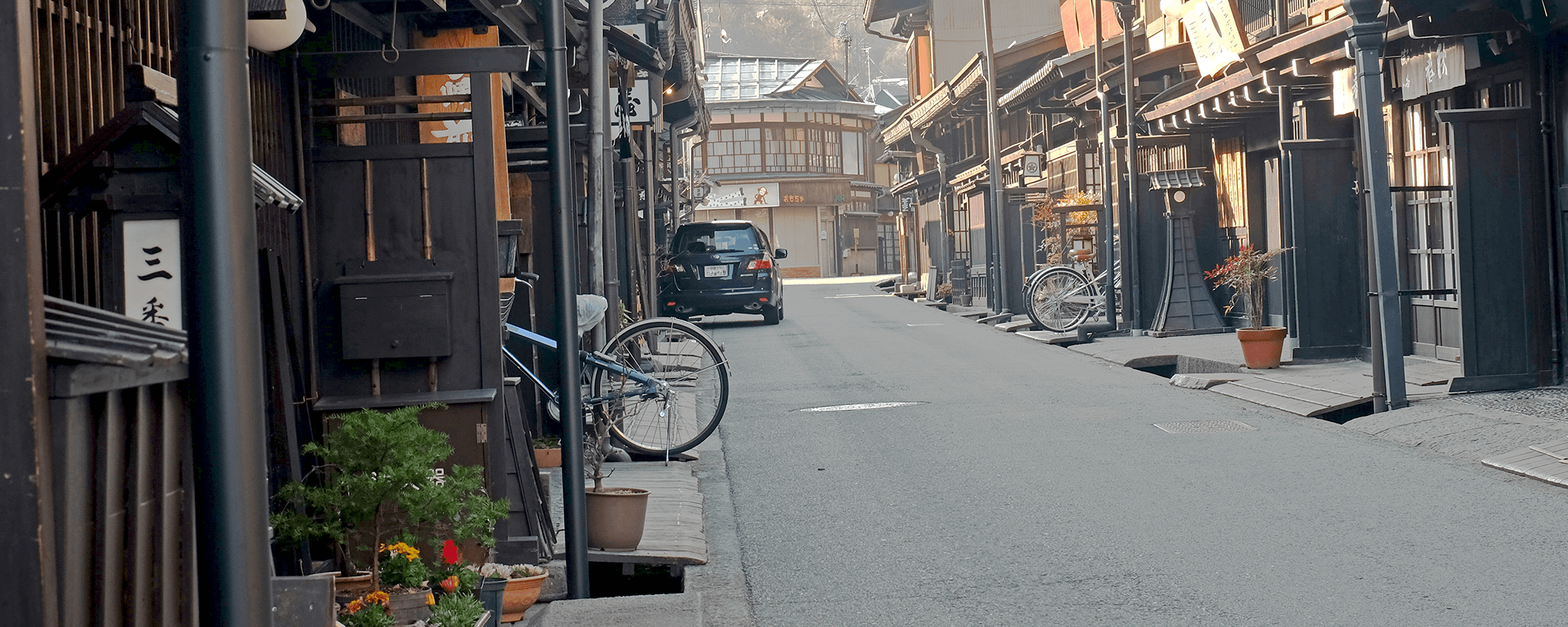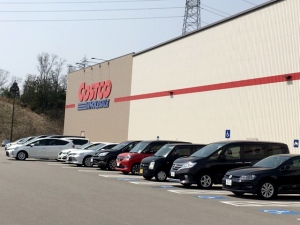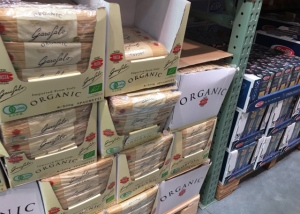My original post about Costco items that foreigners (living in Japan) love – was popular! But I did get a few comments saying “This list is only for American’s”, or that it was otherwise incomplete. So I brought the question to you… the masses (on Twitter) and received a great response! Many of your guilty pleasures matched up with my own. Other expats (mainly in bigger cities) never found a need for Costco, or found that it wasn’t worth the time/expense. Fair enough. Others recommended alternative foreign-foods stores including the Foreign Buyers Club or The Meat Guy. Let’s have a look at what you all said.
Things we all agreed with:
 Tortilla chips, salsa, tequila, taco seasoning, frozen quesadillas and tortillas were all mentioned multiple times. So it’s good to see expats keeping the Mexican fiesta alive even in the land of the rising sun!
Tortilla chips, salsa, tequila, taco seasoning, frozen quesadillas and tortillas were all mentioned multiple times. So it’s good to see expats keeping the Mexican fiesta alive even in the land of the rising sun!
Home, Kitchen and Personal Care
We completely neglected this important category, and expats suggested some great items! Some expats necessities include:
Kirkland brand Batteries
Socks
Deodorant
Kleenex tissues
OralB Glide floss
Paper Towels
Plastic Wrap
Toilet Paper
Tide (Laundry Detergent)
Downy or Bounce fabric softener
These items seem popular, not just due to their high quality but also due to the generous amount you get for the cost.
Important Snacks
I mentioned some snacks, but other beloved items expats love are:
Kettle Chips
Mixed Nuts
Chia & Pumpkin seeds
Popcorn
and the ever elusive Peanut Butter.
 But your spreadable desires didn’t stop there, as Nutella was also mentioned multiple times.
But your spreadable desires didn’t stop there, as Nutella was also mentioned multiple times.
New Zealand Meat Pies were also mentioned – something I’ve never tried, but now I need to!
Spices
A few hard to find spices like smoked paprika, and others were also mentioned. A new favorite for me is Costco’s No Salt Seasoning, which adds a lot of flavor to about anything, even tastes mildly salty to me, without adding any sodium to your diet. Give it a try!
Baked Goods
While I mentioned bread rolls… other baked goods such as the Organic Wheat Bread (with seeds), Croissants and Bagels remain very popular.
Coffee

Did you know that Kirkland coffee is roasted by Starbucks? I guess it’s no big secret, but this fact escaped me. It couldn’t hurt to pick up a bag. Buying beans at local markets is quite pricey for me out in the Japanese countryside.
All the Cheeses, Please
We mentioned it and you confirmed it – Japan (in general) isn’t big on cheese. Fortunately Costco carries a wide variety for those of us who need to get our fix. The expensive cheese is out in the high-traffic area, while the blocks of Kirkland brand affordable cheese (yet quite delicious) is in the refrigerated area near the butter and yogurt.
Pet Supplies
Not having a pet – I would have never thought of this! Dog bones and (Vet recommended) Dog Food were also sited by pet owners due to their lack of additives.
Kids
While books can be found anywhere, I’m always pleasantly surprised at the variety and quality of English language books at Costco Japan – always a good thing for those of us raising our little bilingual monsters.
See the original post for more ideas – Costco Items That Every Foreigner in Japan Needs (Part 1).
Did we leave out something? Let us know in the comments below.






































































